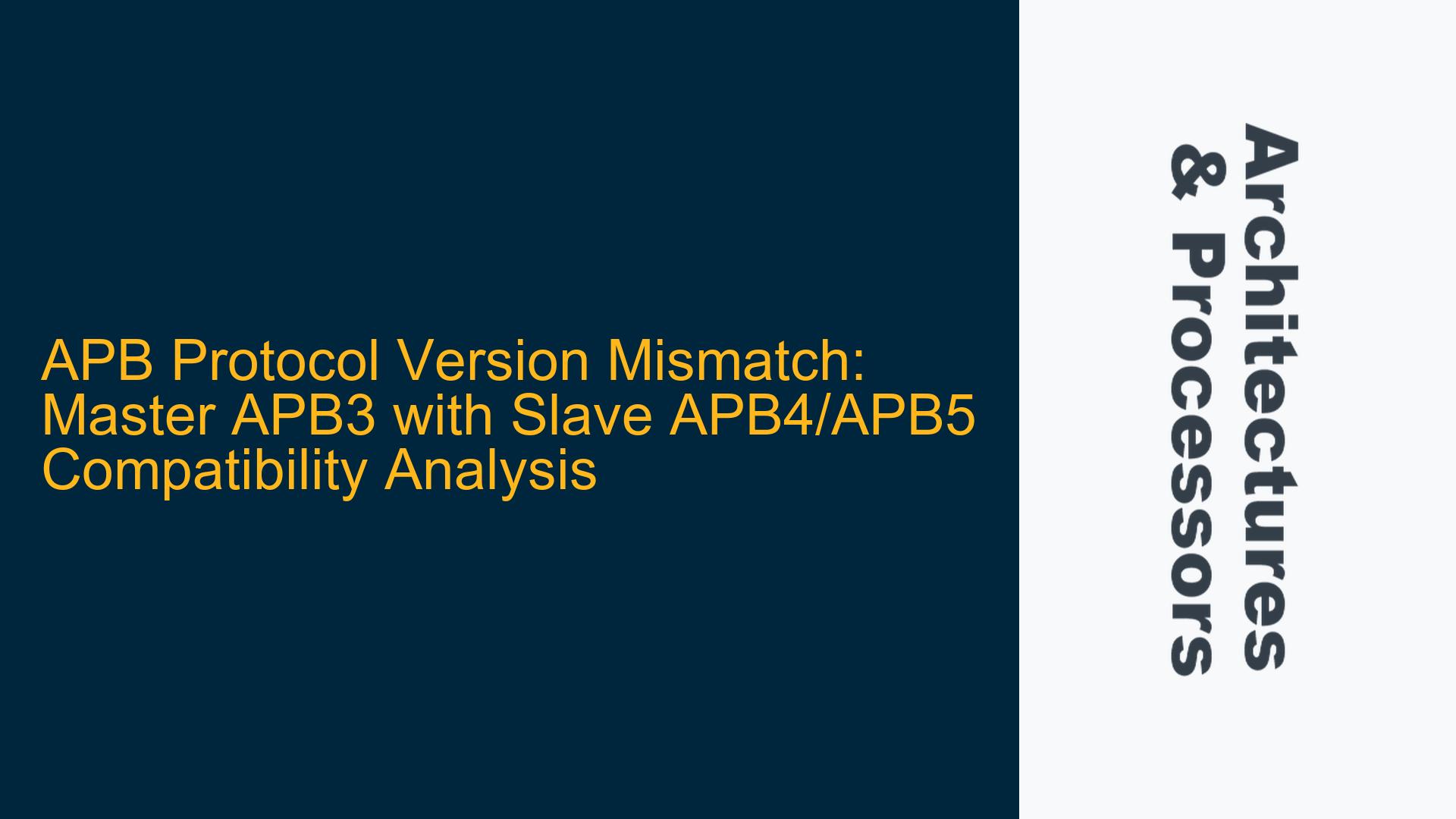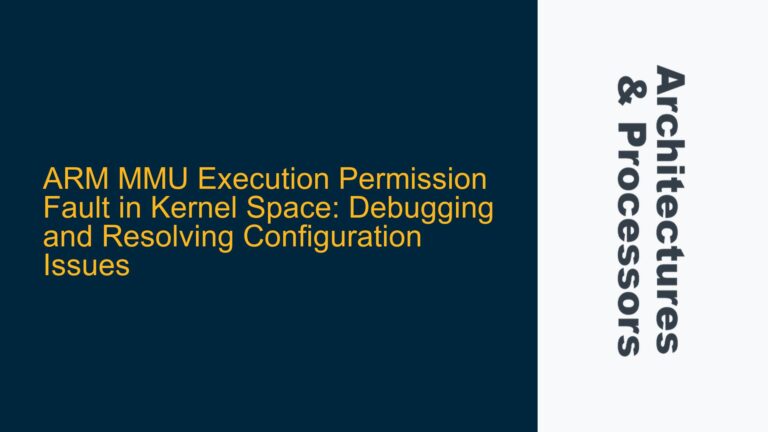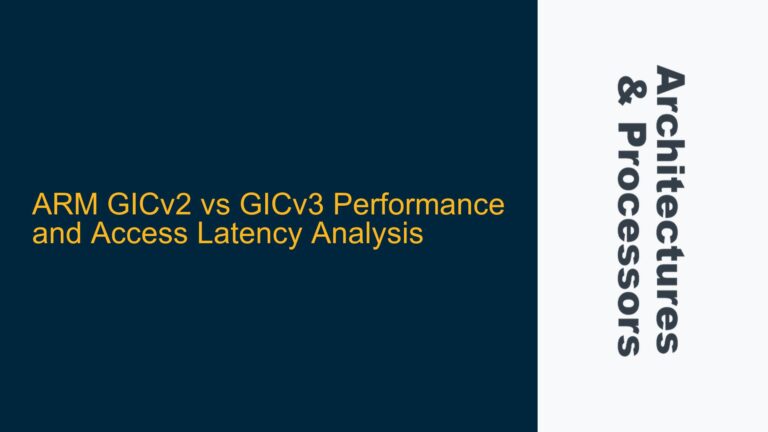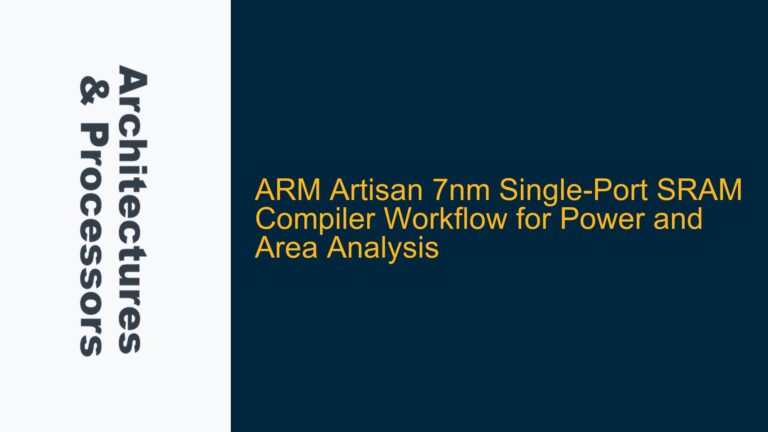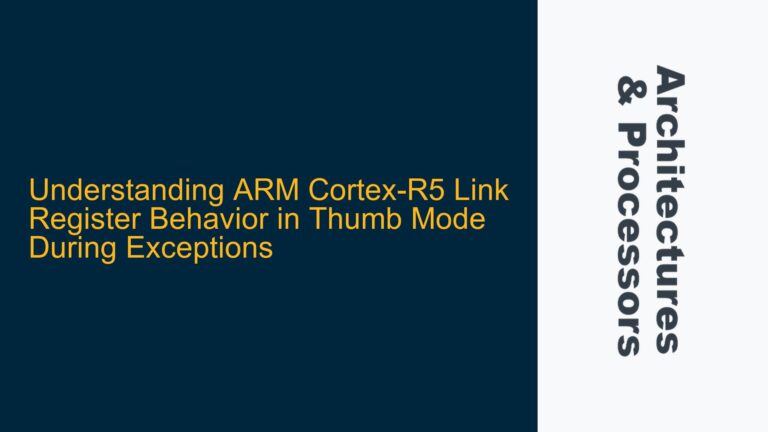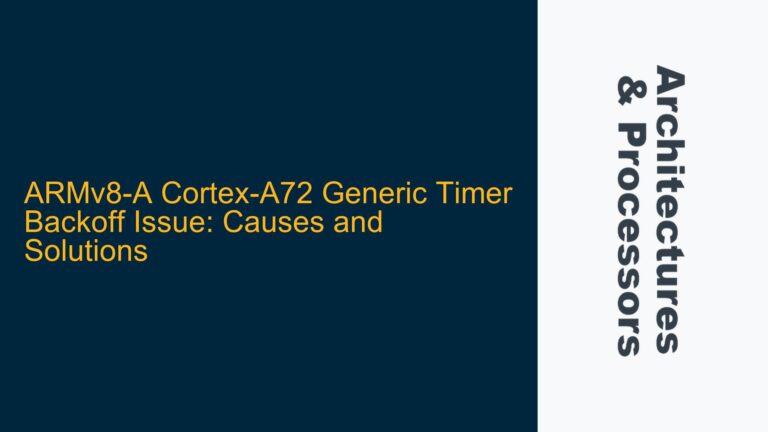APB3 Master and APB4/APB5 Slave Interoperability Challenges
The Advanced Peripheral Bus (APB) is a key component of the ARM Advanced Microcontroller Bus Architecture (AMBA) family, designed for low-power, low-complexity peripheral interfacing. A common question arises when designing systems with APB: Can an APB3 master interface communicate effectively with an APB4 or APB5 slave? The short answer is no, but the reasoning behind this requires a deep dive into the protocol specifications, signal compatibility, and architectural constraints.
APB3, APB4, and APB5 are successive iterations of the APB protocol, each introducing new features and signals to enhance functionality. APB3 introduced signals like PREADY and PSLVERR to handle wait states and error responses, while APB4 and APB5 expanded on this with additional user-defined signals (PRUSER and PBUSER) and other enhancements. The core issue lies in the fact that an APB3 master lacks the necessary signals and logic to fully interface with the advanced features of APB4 or APB5 slaves. This mismatch can lead to incomplete or incorrect communication, rendering the system non-functional or unreliable.
The primary challenge stems from the unidirectional nature of certain signals in the APB protocol. For instance, APB4 and APB5 slaves may require PRUSER and PBUSER signals, which are not present in the APB3 master. These signals are used for user-defined extensions and cannot be statically tied off without potentially compromising the functionality of the slave device. Additionally, the APB3 master may not be equipped to handle certain responses or timing requirements introduced in later versions of the protocol, leading to protocol violations or undefined behavior.
Signal Mismatch and Protocol Violations in APB3-APB4/APB5 Connections
The incompatibility between APB3 masters and APB4/APB5 slaves can be attributed to several key factors. First, the APB4 and APB5 protocols introduce new signals that are not present in APB3. These include PRUSER and PBUSER, which are used for user-defined data and control information. Since the APB3 master does not generate these signals, they cannot be driven to the slave, leading to potential functionality loss or incorrect operation.
Second, the APB3 master may not be capable of handling the enhanced error reporting and wait state mechanisms introduced in APB4 and APB5. For example, APB4 and APB5 slaves may use PSLVERR to indicate more complex error conditions, or PREADY to introduce additional wait states. If the APB3 master is not designed to interpret these signals correctly, it may fail to respond appropriately, leading to protocol violations or system hangs.
Third, the timing and synchronization requirements of APB4 and APB5 may differ from those of APB3. The APB3 master may not be able to meet the stricter timing constraints or additional synchronization requirements of the newer protocols, leading to data corruption or loss. This is particularly critical in high-speed systems where timing margins are tight, and even small deviations can cause significant issues.
Finally, the APB3 master may lack the necessary configuration options to fully utilize the features of APB4 and APB5 slaves. For example, APB4 and APB5 slaves may support additional address decoding modes or data widths that are not supported by the APB3 master. This can lead to incomplete or incorrect address decoding, resulting in data being written to or read from the wrong locations.
Implementing Workarounds and Ensuring Protocol Compliance
While the general recommendation is to avoid mixing APB3 masters with APB4 or APB5 slaves, there are some potential workarounds that can be considered in specific scenarios. These workarounds are not guaranteed to work in all cases and should be carefully evaluated based on the specific requirements and constraints of the system.
One possible approach is to use a bridge or protocol converter between the APB3 master and the APB4/APB5 slave. This bridge would translate the APB3 signals into the corresponding APB4 or APB5 signals, ensuring that all required signals are properly driven and interpreted. However, this approach adds complexity and latency to the system, and may not be feasible in all cases.
Another approach is to statically tie off the additional signals introduced in APB4 and APB5. For example, the PRUSER and PBUSER signals could be tied to a fixed value, effectively disabling their functionality. However, this approach may not be suitable if the slave device relies on these signals for proper operation. Additionally, this approach does not address the potential timing and synchronization issues that may arise from the protocol mismatch.
A third approach is to modify the APB3 master to support the additional signals and features of APB4 and APB5. This could involve adding new registers or logic to generate the required signals and handle the enhanced error reporting and wait state mechanisms. However, this approach requires significant design effort and may not be feasible if the APB3 master is a fixed IP block that cannot be modified.
In cases where none of these workarounds are feasible, the only option may be to upgrade the APB3 master to a newer version of the protocol. This ensures full compatibility with the APB4 or APB5 slave and avoids the need for complex workarounds or protocol converters. While this may involve additional cost and effort, it provides a more robust and reliable solution in the long term.
To ensure protocol compliance and avoid potential issues, it is important to carefully review the specifications of both the APB3 master and the APB4/APB5 slave. This includes verifying that all required signals are present and properly connected, and that the timing and synchronization requirements of both protocols are met. Additionally, it is important to thoroughly test the system to ensure that it operates correctly under all expected conditions.
In conclusion, while it is technically possible to connect an APB3 master to an APB4 or APB5 slave, this configuration is generally not recommended due to the significant compatibility challenges and potential for protocol violations. The best approach is to ensure that the master and slave devices use the same version of the APB protocol, or to use a bridge or protocol converter to handle any necessary signal translation. By carefully considering the requirements and constraints of the system, it is possible to design a robust and reliable APB-based system that meets the needs of the application.
